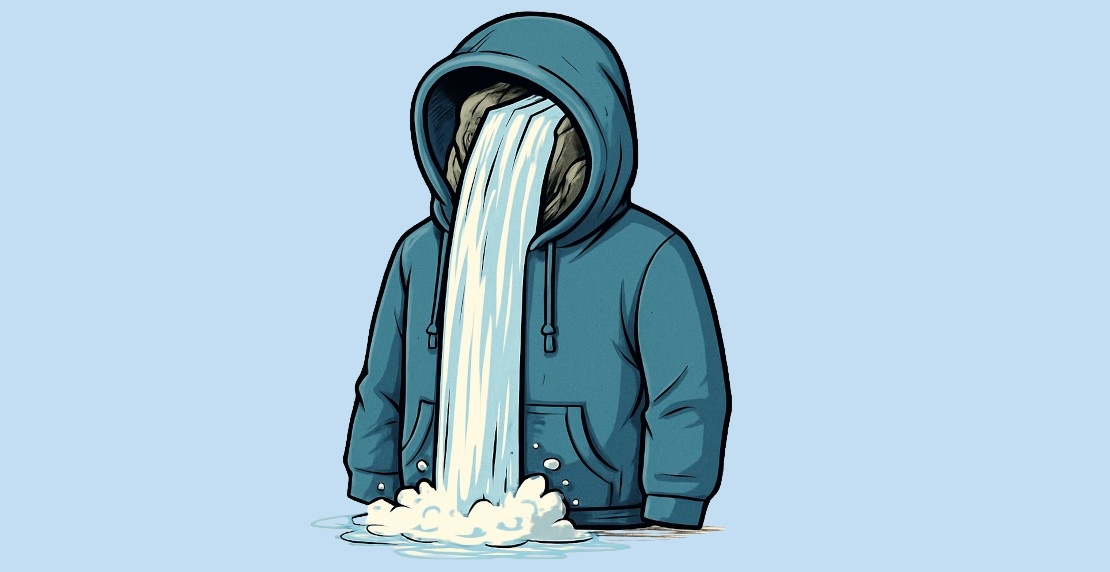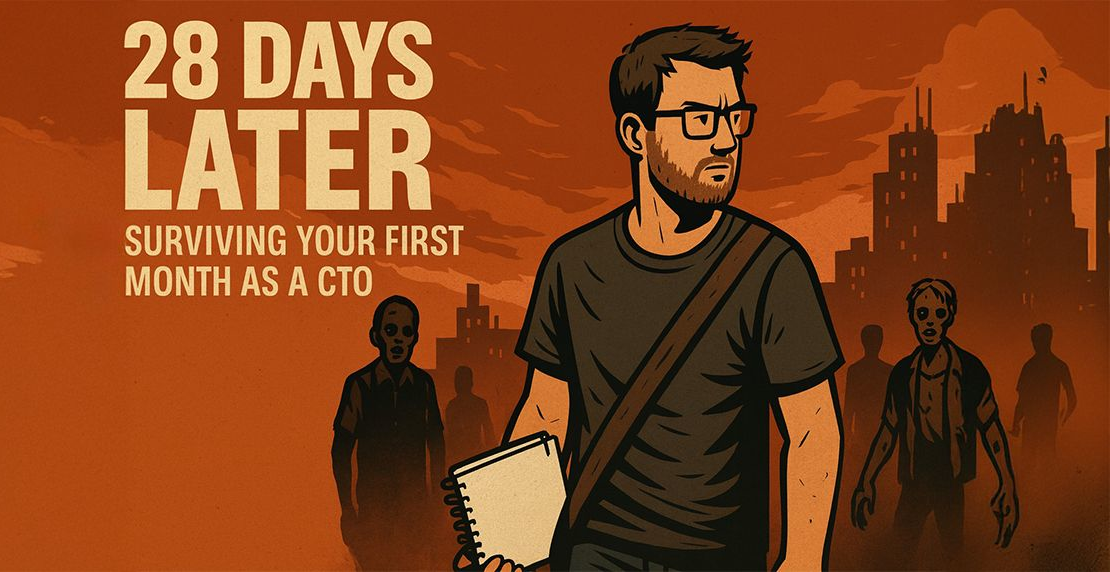Job titles like “Senior Engineer” or “Principal Engineer” don’t explain how someone actually contributes to a team.
Counting a candidate’s years of experience doesn’t tell you whether they’ll bring stability in a crisis, explore new
ideas, or quietly hold a group together when things get messy.
After leading different engineering teams and organizations, I’ve seen the same profiles appear again and again,
regardless of title or tech stack. These profiles shape how teams perform, where they get stuck, and how they grow. Over
time, I began to think of them as archetypes of engineering talent: Patterns of behavior and impact that show up in
every healthy software team.
Once you start recognizing these archetypes, it becomes easier to understand why a team works the way it does and what
might be missing. Some people are explorers, others are anchors, others are connectors. None of this shows up in a
career ladder, but all of it matters for building balanced, effective teams.
In this post, I’ll share nine archetypes I’ve observed in software teams and how you, as a leader, can build better
teams beyond seniority.
Foundational Talents
Every software team depends on a strong foundation. These are the profiles you want in place almost from the start,
no matter the product, market, or domain. They bring stability, ensure quality, and foster collaboration. These
are the basics that keep a team delivering reliably. Without them, output slows, culture weakens, and scaling
becomes difficult. Think of them as the practically non-negotiables. You can experiment with process and technology, but
without these talents in the mix, the team will always feel incomplete.
Especially in start-up or scale-up environments, make sure to have a stable talent foundation before you start
extending. However, keep in mind that talent isn’t everything: You’ll need functional culture, leadership and processes
to keep them together.
Foundational talents are often referred to as the Core Team or Seed Team in some environments. Together, they
can build and operate an MVP or small product within their area of expertise.
🧪 The Tinkerer
Explorer · Experimenter · Inventor
The Tinkerer is endlessly curious and loves to tinker with new tools, frameworks, and ideas. They thrive on
experimentation and can rapidly turn concepts into working prototypes. Their energy often sparks innovation and momentum
within a team, though their solutions may not always be production-ready. When supported by more quality-focused
teammates, Tinkerers are invaluable for opening new paths and showing what’s possible.
🛠 The Craftsman
Engineer · Perfectionist · Artisan
The Craftsman takes pride in building clean, maintainable, and robust code. They care deeply about patterns, standards,
and long-term stability of the systems they touch. While sometimes slower to deliver than others, they ensure that what
gets shipped will stand the test of time. Their discipline raises the bar for everyone around them.
⚓ The Anchor
Stabilizer · Caretaker · Quiet Leader
The Anchor is the stabilizing force in a team, often acting as the de facto leader without needing the title. They
provide continuity, guidance, and calm when things get messy. Others naturally look to them for decisions, mentorship,
and perspective. Their presence keeps the team grounded and moving forward.
🤝 The Connector
Collaborator · Facilitator · Bridge Builder
The Connector thrives on people and relationships. They ensure information flows across teams, facilitate discussions,
and help others grow. By building trust and cohesion, they make the team stronger than the sum of its parts. While not
always the loudest voice, their impact on culture is unmistakable.
Contextual Talents
As products mature and organizations grow, new kinds of talent become essential. These profiles are not always
needed from day one, but they become decisive as complexity rises. They help teams set direction, manage risks,
and bring in domain expertise that keeps the product relevant and resilient.
Contextual talents add strength, but they cannot replace the basics. Layer them on top of a strong foundation rather
than using them to cover gaps. Their impact is greatest when combined with a balanced core team.
Contextual talents are sometimes called the “Extended” or Scale Team because they extend what a group can achieve.
They help move a company from just shipping features to building a sustainable product and organization.
🔮 The Visionary
Strategist · Dreamer · Planner
The Visionary sees beyond the current sprint, connecting technology with product direction and market opportunities.
They inspire teams to think big and aim high, often acting as the spark for innovation. While their ideas sometimes
stretch beyond feasibility, their ambition pushes the team into unexplored territory. When balanced with pragmatists,
they are a powerful force for progress.
🧐 The Critic
Challenger · Perfectionist · Devil’s Advocate
The Critic constantly questions assumptions, pokes holes in designs, and identifies weaknesses. While sometimes
uncomfortable to work with, they prevent blind spots and force teams to refine their thinking. Their sharp eye raises
quality and avoids costly mistakes. With the right balance, their scrutiny is an asset rather than a blocker.
🦍 The Silverback
Mentor · Veteran · Calm Presence
The Silverback brings decades of experience and perspective. They’ve seen trends rise and fall, focus less on hype
and more on stability and people. They often take on a mentoring role, ensuring the team avoids repeating old mistakes.
Their calmness and patience make them invaluable in times of uncertainty.
📖 The Guide
Translator · Domain Expert · Explainer
The Guide bridges the gap between domain knowledge and technical work. They deeply understand the business or industry
context and help developers translate that into meaningful software. Their insight ensures the team builds the right
thing, not just the technically possible thing. They provide clarity when requirements are complex or ambiguous.
🛡 The Guard
Protector · Risk Manager · Auditor
The Guard watches over security, compliance, and risk. They constantly think about what could go wrong and how to
protect the team from disasters. While sometimes perceived as overly cautious, their role is critical in regulated or
sensitive environments. With their presence, teams build safer, more resilient systems.
What About AI?
Artificial intelligence often comes up in discussions about engineering teams, and recently, someone asked me:
Can’t we just create AI agents based on those archetypes?
My answer was “No”, because AI agents are tools, talent is human. The archetypes in this framework are about
behaviors, instincts, and relationships, none of which can be automated or substituted by tooling.
AI tools can be useful to test ideas, double-check work, or think out loud like in rubberducking. It may speed up
routine tasks and spark reflection, but that’s it. It cannot show judgment, curiosity, or empathy, nor can it mentor,
build trust, or take responsibility. At best, it supports the people who carry these talents, but it will always
remain a tool, not a teammate.
Bringing It All Together
These archetypes are not a shortcut for leadership. They do not replace experience, empathy, or a deep understanding of
your business domain. What they offer is a different lens: a way to see the strengths and dynamics in your teams that
job titles and career ladders miss.
In some industries, the line between foundational and contextual shifts. A Guard may be essential from day one
in fintech, while a Guide is critical in healthcare. Across products, markets, and company sizes, I have yet to see a
high-performing team that lacked one of the foundational talents. Talent management alone is never enough. Teams also
need leadership, culture, and processes to hold everything together.
The short profiles here are only an entry point. Each archetype has far more depth than can be captured in a few
sentences. I will share detailed profiles for all nine, as well as posts on team dynamics, hiring, and culture. Consider
this the starting map, not the full territory.
👉 Next up: a closer look at the Tinkerer and the Craftsman, and how their balance shapes a team’s ability to
deliver.



